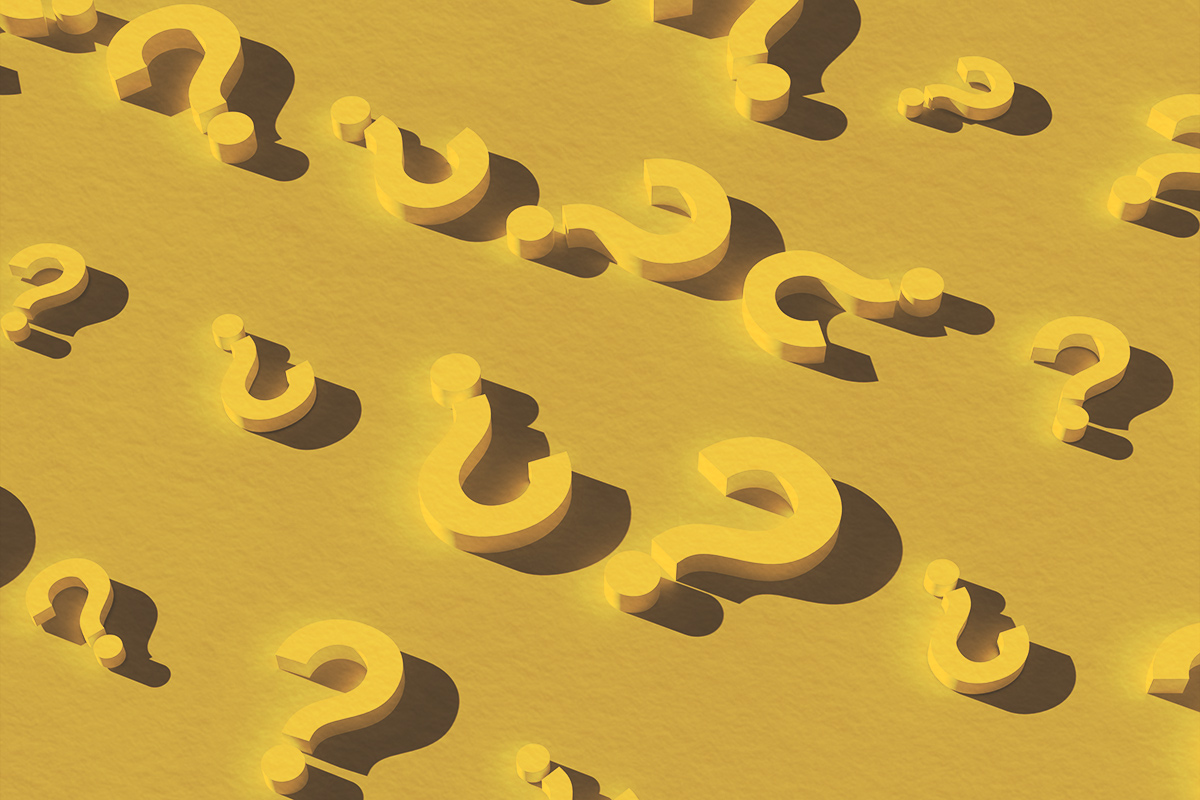
OK — these two letters take up a lot of space in our everyday conversations and serve a variety of uses. “How are you?” “OK” (for small talk and pleasantries). “Can you pick up the kids after work?” “OK” (for quick agreement). “How was the movie?” “OK” (implying ambivalence or even distaste). What started off as an initialism — an abbreviation in which the letters are pronounced individually — has evolved into one of the most widely used words in American English, and the subject of entire books (Allan Metcalf’s The Improbable Story of America’s Greatest Word).
In a similar fashion to how 21st-century text speak plays with punny spellings (LOLZ), mid-1800s newspaper editors would often write with misspellings and then create acronyms from those “mistakes.” The Boston Morning Post, for example, used “OW” to stand in for “oll wright” (meaning “all right”). Not all of these alternate spellings took hold, but an 1839 satirical article about grammar included an intentional misspelling of “oll korrect,” and the course of American English was changed.
The Presidential Roots of “OK”
Around the same time, President Martin Van Buren was on his 1840 reelection tour with the campaign nickname of “Old Kinderhook,” which referred to his New York hometown. Campaign organizers picked up on the Boston newspaper’s use of “OK,” and turned it into a slogan — “OK is OK.” Around the country, “OK clubs” sprung up to promote the President’s reelection. Unfortunately, the slogan was easily co-opted by the opposition, with nicknames such as “Orful Konspiracy” and “Orful Katastrophe.” After incumbent Van Buren lost the election, the connection to his campaign faded away, but the usage for “oll korrect” continued to expand.
The Kraze for K
Since the mid-1800s, “OK” has been through many edits as writers have dropped and added periods, elongated it to “okay,” and explored other spelling variations. President Woodrow Wilson used the spelling “okeh” to sign off on documents — this version comes from the spelling of a Choctaw word that sounds similar to “OK” and means “it is so.”
The popularity of the smacky and final “k” sound represents a greater trend in advertising to prioritize “k” over “c” whenever possible, even at the expense of changing actual spellings. It was called “the kraze for K,” outlined in 1925 by Louise Pound, who pointed to President Andrew Jackson’s advisers referring to the cabinet as the “Kitchen Kabinet.”
While it seems to be primarily American English in origin, the term has variations in many languages, most with a sense of confirmation. The Scots say och aye for “yes, indeed,” the Greeks have ola kala for “everything is well,” and the Finnish use oikea for “correct, exact.”
Confirming Receipt as Quickly as Possible
In 1844, the telegraph was invented, and the two-letter “OK” strengthened as a fast and easy way to communicate via the new technology. The letters became a standard response to confirm a transmission was received. Its punchiness gave folks the ability to quickly convey that everything was “all right” or “good to go,” but in fewer characters.
Not everyone loved the fun, catchy word, though. Many 19th-century writers, including Mark Twain and Bret Harte, steered away from its use, and Little Women author Louisa May Alcott used it once in the original 1868 draft of the book, but switched from “I’m OK with that” to “I’m cozy with that” in the next version.
Losing a Letter, and Gaining Some Attitude
“OK,” in recent use, isn’t always innocent and agreeable. In texting, messaging, and on social media, it’s often shortened to “k” and can be interpreted in a variety of ways, thereby increasing its allure. A brisk and solo “k” can indicate some irritation, or an abrupt end to a conversation where there’s perhaps more to be said later. It also easily conveys sarcasm, in place of “sure” or “yeah, right,” such as when a teenager says they cleaned their room and the parent says “k” in a highly doubtful tone. In fact, ending a text conversation with just a “k” and not a “sounds good” and a friendly emoji can be disconcerting for the recipient. In recent years, tone-aware texters have doubled up with “kk” to show that they are, in fact, saying “OK” without any hint of sarcasm. Think of it as “OK’s” friendlier little cousin.



















